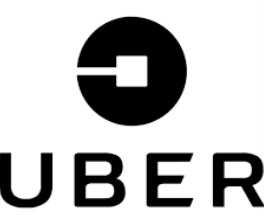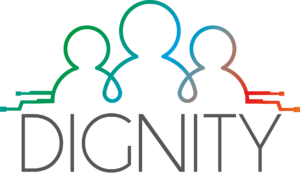
Uber is an on-demand taxi hailing platform where traditional taxis can serve commuters with A-B taxi services. Uber does not own any taxis; however, it has created an online platform linking drivers to customers. Uber has recently introduced “Uber Health” to provide healthcare employees and patients with access to flexible ride options for their healthcare needs. Healthcare professionals can use a central dashboard to plan rides for patients and caregivers.
Category: Digital vehicle sharing services/platforms
Developer: Uber Technologies Inc.
Main function: Taxi service/platform
What is the main sub-function of the service/product: Hailing nearby taxis
Target group(s): General public/other
Countries/cities of operation: 83 countries and over 858 cities worldwide
Technologies needed to use the service:
- Smartphone, laptop, desktop, tablet with internet connection for booking taxi rides and following the taxi route
Is there a non-digital way to use this service or product? No
Why is this a good example?
| Reason(s) | Clear indication of the real-time location of the user and the vehicles on the map |
| More details | When opening the application, the first thing the user sees is a map with a circle (including a direction arrow) of their own location and the real-time locations of the vehicles driving around. This way, it is instantly clear whether there is a vehicle nearby or not. This gives a good indication of the waiting time. Moreover, the base map used is from Google Maps, which is familiar to many, enlarging the possibility that people will be able to interpret it. Finally, the travel time to get to a taxi is also displayed on the map (e.g., 1 min walking). |
| Tags | Functionality–Integration of services; Usability–Match with real world; Functionality–On-demand services |
| Reason(s) | Simple user interface, starting from a clear call to action: “Where to” |
| More details | When opening the application, a clear call to action is formulated, without many other buttons or text. This way, the functionality of the app is clear from the start. There is a reduced chance of making errors or being afraid to push the wrong button. |
| Tags | Accessibility; Usability–Simplicity; Usability–Visibility; Usability–User control |
| Reason(s) | The application is available in multiple countries, languages and currencies. |
| More details | The application is available in 83 countries and over 858 cities worldwide. This allows users to keep using the application and the Uber services when they are travelling abroad. Downloading new applications or discovering new services is therefore not necessary, avoiding a lot of trouble. |
| Tags | International Aspects |
| Reason(s) | Users can choose a suitable vehicle based on their own needs |
| More details | When looking for a vehicle (a taxi), users have the possibility to choose your own type of vehicle. This way, users can choose for a high-end car or a budget alternative. Every car also indicates the number of seats available, the level of comfort, the possibility to transport pets and if the car is equipped with a car seat for children. |
| Tags | Specific user groups – People with low income, Specific user groups – parents with children, Specific user groups – people with pets, Specific user groups – older people, Cost |
If you would like to know more about why this product is part of this catalogue or what aspects of this example are specifically appropriate, click here to view the full DIGNITY Interactive Catalogue, which contains further information.

